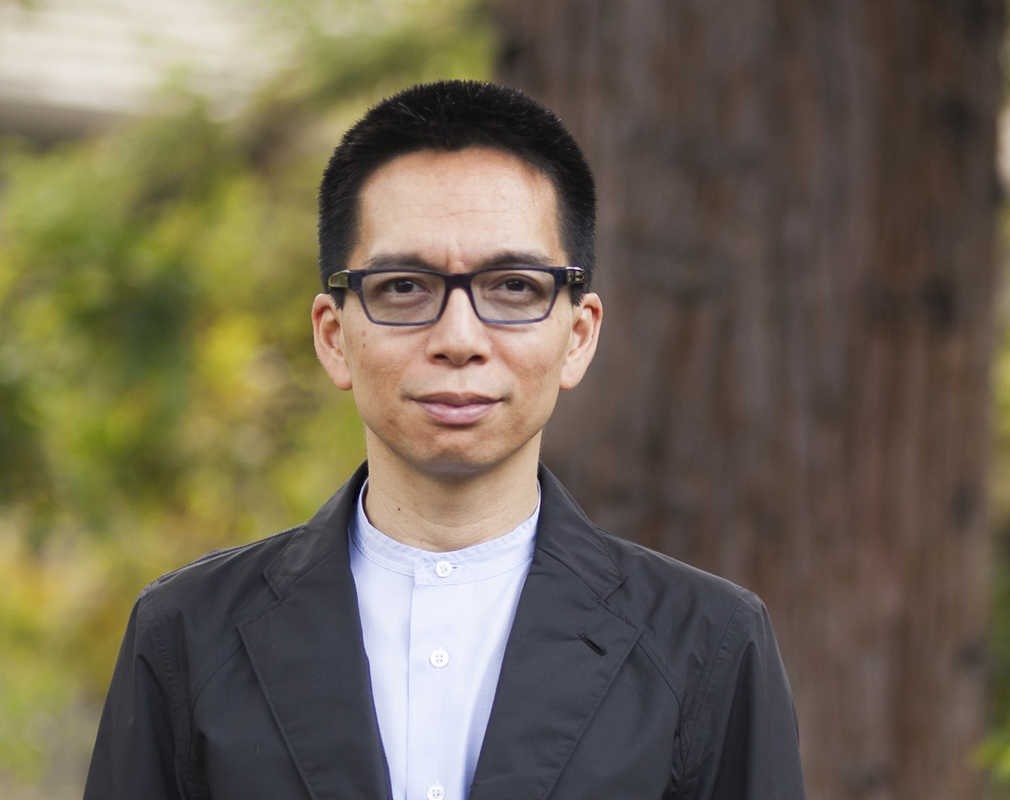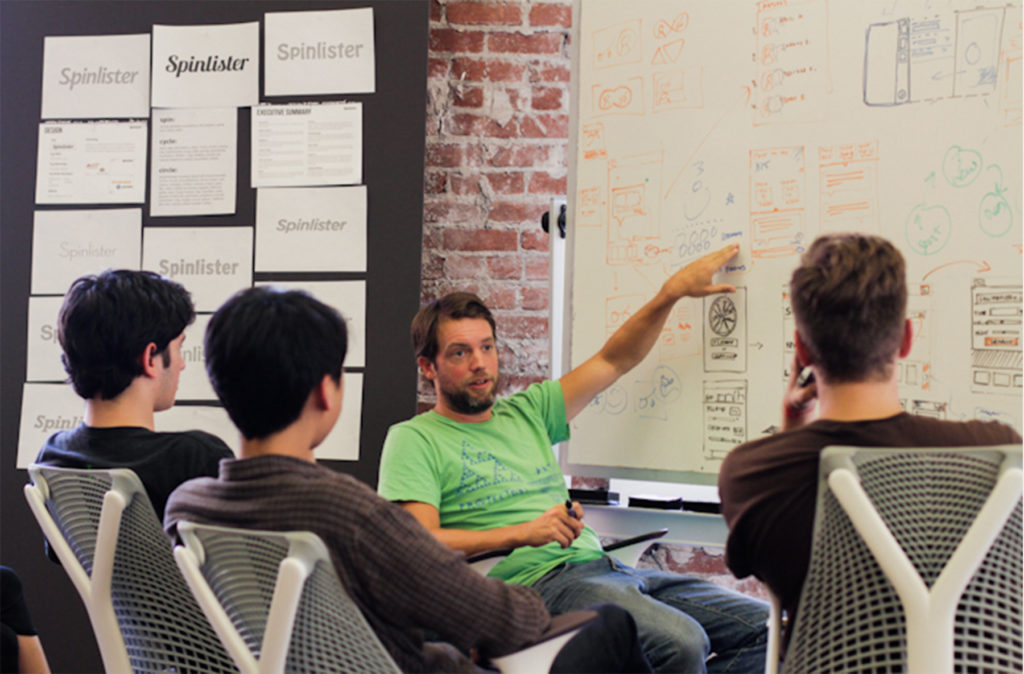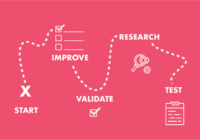A few years ago, we had a series of conversations with several notable design leaders. We named this compilation Nostalgia because every time we read them; it allows us to take a tour of our past. We believe that good design can carry the context and memory of our past and bridge it to today. As a strategic design consultancy, we also want to remember and revisit it with the knowledge we have gained up until today. Among the interviews and articles that we are delighted to present to you, Here is the first interview with John Maeda: Design Beyond the “Happy Spray”.
John Maeda was a design partner at venture capital firm Kleiner Perkins in 2014. Therefore, all his answers reflect his work at that time at Kleiner Perkins. Enjoy your reading!
—–
After serving as the 16th President of the Rhode Island School of Design, Maeda is currently the design partner at the Silicon Valley-based venture capital firm Kleiner Perkins Caufield Byers. We talked about his new role as well as the connections between design, technology, and business.
Maeda explains his role in Kleiner Perkins as “to help more people see beyond design as a kind of a spray, a happy spray: ‘Oh design! It’s great!’” “I’m very uninterested in beauty or aesthetics” he says. “I care more about the ecosystem and the kind of systems thinking that’ll create better startups.” He exemplifies from Silicon Valley:
“I think it’s important to know that [Y Combinator] is an example of design. It’s probably the biggest example of design in the Silicon Valley ecosystem. Because they designed how to create more startups. It’s a very elegant design. […] So I see YC’s strength as the design of the organization and the construct.”
However, he admits that his mission of shifting perspectives about design will take some time: “If it involves people, it’s going to take more time than you expect.” He goes on to explain:
“Maybe 90% [of Silicon Valley design] or over is graphic, interactive on the screen. From a diversity perspective, it’s not very good. Because you want all kinds of design. So a lot of what I’m interested in doing is that I keep focusing on growing the diversity of how we talk about design and finding more connections between design and technology and business.”
He says that the task involves a lot of “leadership development” as it requires company leaders that understand his frame: “Letting people see that the technology is important. But technology isn’t the only important thing. And, when you pull design closer to it, you create a better product.”

KPCB | Photo by Mona T. Brooks
He explains:
“It used to be technology and design could be separate in the computer industry. It was easier that way. But now to design for a smaller screen, to design for lower power, engineering is getting harder. Constraints are higher. So the design has to be close to it to have a better effect.”
Then, he expands on the dynamics that have driven design forward:
“If you rewind history before computers design was always important. Like when you were buying a car, you wouldn’t buy it for the technology. You’d buy it for the design. When computers came along, we didn’t care about the design, we cared about the technology. Because the technology was differentiated, highly differentiated. But over time, everyone can have a good computer.”
So, according to Maeda, design isn’t rising in importance, but technology’s ability to differentiate is falling:
“Design has always been there. Design always differentiates. But in the digital technology era, it wasn’t doing that. But now, it is.”
Image Credit: Kleiner Perkins Caufield Byers
If you have questions or comments you can contact with us.




